Although your furry friend may have a nice fur coat, it doesn’t mean that dogs and cats are not susceptible to frostbite and hypothermia. Even when your dog acts like he is fine outside, he can get cold quicker than you think – make him come inside if necessary. Just like a kid playing the in snow, they don’t always know what’s good for them!
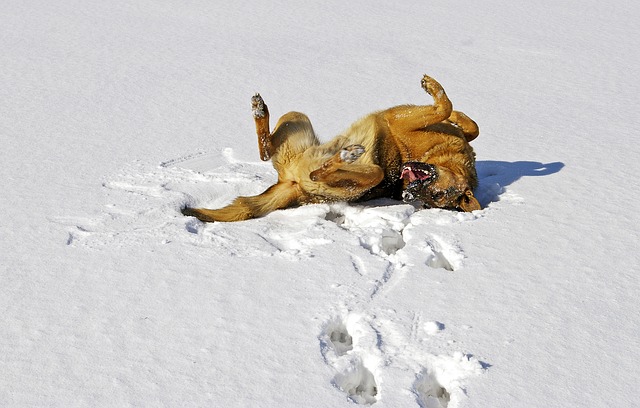
Of course, cat owners tend to not have that problem, but if you do have a snow cat – be sure to bring her in too!
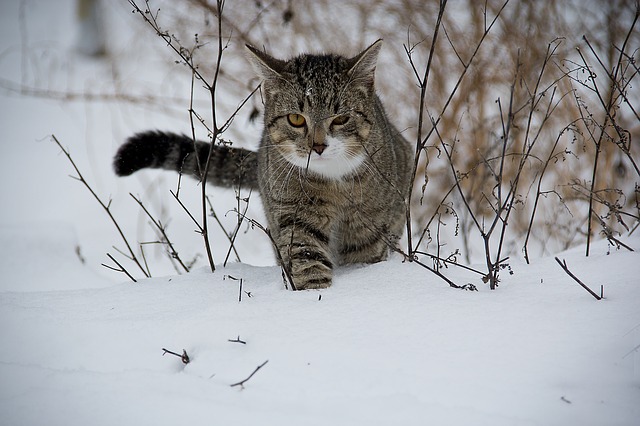
How tolerant to cold is your pet?
Just like people, pets’ tolerance for the cold can vary from pet to pet based on their coat, body fat stores, activity level and health. Be aware of your pet’s tolerance for cold weather, and adjust accordingly:
Long-haired and thick-coated dogs tend to be more cold-tolerant, but are still at risk in cold weather.
Short-haired pets feel the cold faster because they have less protection, and short-legged pets may become cold faster because their bellies are more likely to come into contact with snow-covered ground.

Pets with diabetes, heart disease, kidney disease or hormonal imbalances (such as Cushing’s disease) may have a harder time regulating their body temperature, and may be more susceptible to problems from extreme ranges of temperature. The same goes for very young and very old pets.
If you need help determining your pet’s temperature limits, consult your veterinarian.
“Longer-haired and thick-coated dog breeds, such as huskies and other dogs bred for colder climates, are more tolerant of cold weather, but no pet should be left outside for long periods of time in below-freezing weather,” said Dr. Joe Kinnarney, president of the American Veterinary Medical Association (AVMA).
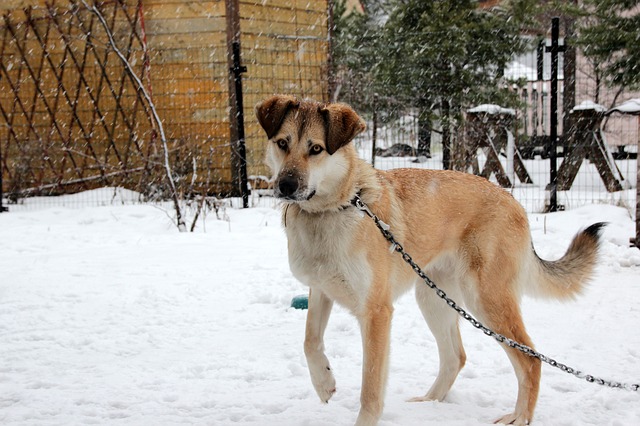
Founded in 1863, the AVMA is one of the oldest and largest veterinary medical organizations in the world, with more than 88,000 member veterinarians worldwide engaged in a wide variety of professional activities.
With the east coast recovering from Winter Storm Jonas, which dumped at least one foot of snow in many parts of the region, the AVMA is providing pet owners with the following tips on keeping your pet warm and safe throughout the winter.
#1 – Adjust your dog’s walks
In very cold weather you may need to adjust the route and duration of your walks to protect you and your dogs from weather-associated health risks. Arthritic and elderly pets in particular may have more difficulty walking on snow and ice and may be more prone to slipping and falling.
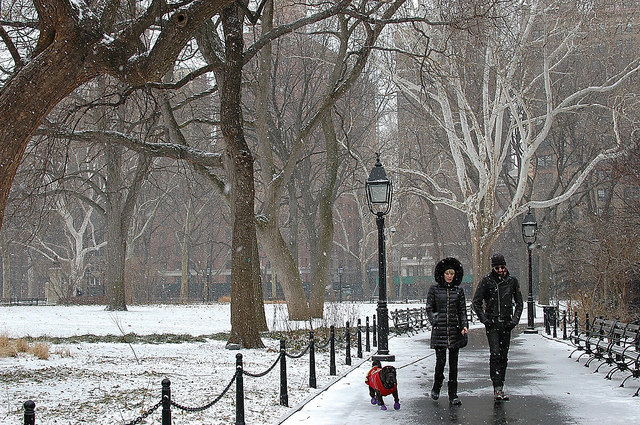
#2 – Be prepared for emergencies
Cold weather also brings the risks of blizzards and power outages. Have enough pet food, water and medicine (including any prescription medications as well as heartworm and flea/tick preventives) on hand to get through at least five days. A disaster preparedness kit is a good thing to have on hand.
#3 – Prepare a safe indoor environment
Pet-proof your home and make sure pets cannot knock over space heaters. Provide a choice of comfortable sleeping places that will allow your pet to vary its location based on its need for more or less warmth. If you have birds, make sure their cages are away from drafts.

#4 – Make some noise
A warm vehicle engine can be an appealing heat source for outdoor and feral cats, but the consequences of hibernating there can be deadly. Check underneath your car, bang on the hood and honk the horn before starting the engine to encourage feline hitchhikers to abandon their roost.

#5 – Check the paws
Check your dog’s paws frequently for signs of cold weather injury or damage, such as cracked paw pads or bleeding. A sudden lameness during a walk may be due to an injury or ice accumulation between the toes. You may be able to reduce the chance of ice accumulation by clipping the hair between your dog’s toes. Wearing booties can also help.
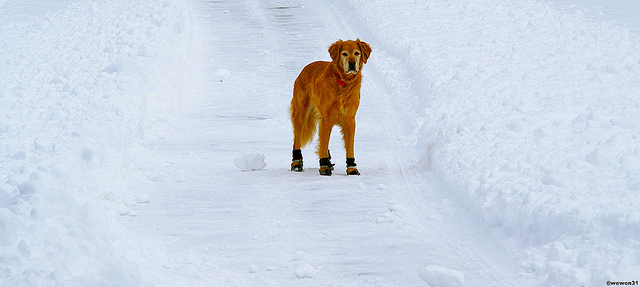
#6 – Wipe down
When you get inside, wipe down (or wash) your pet’s feet, legs and belly to remove any chemicals or salt and reduce the risk that it will be poisoned after it licks them off of its feet or fur. Consider using pet-safe deicers on your property to protect your pets and the others in your neighborhood.
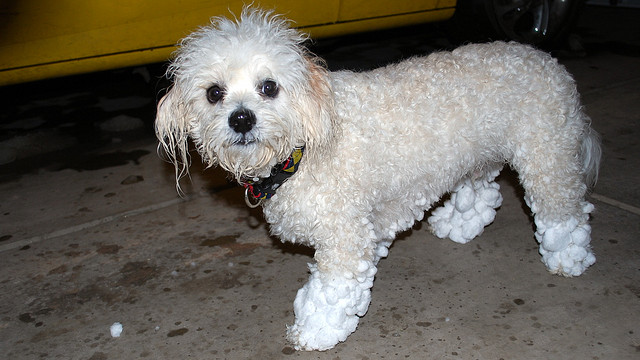
For more tips on keeping your pets safe during cold weather, visit avma.org/cold weather.
The AVMA, Visit www.avma.org for more information.

